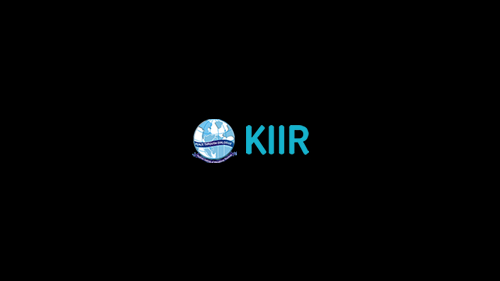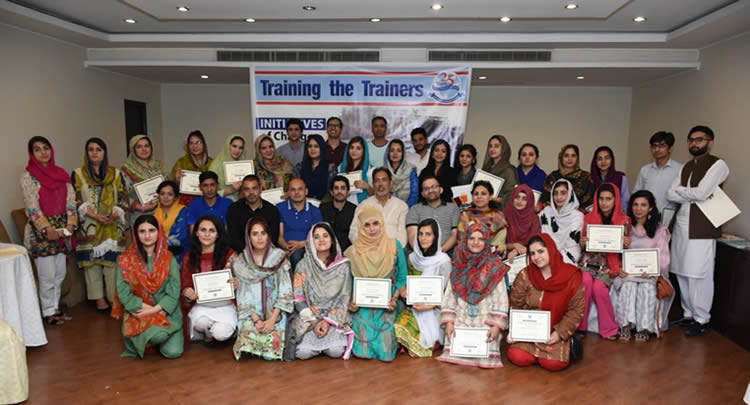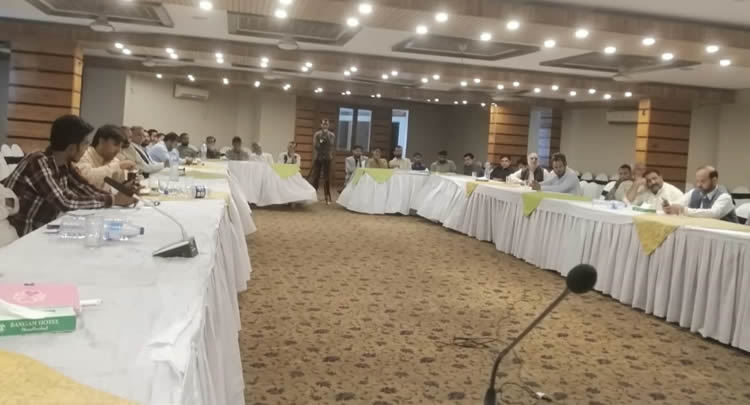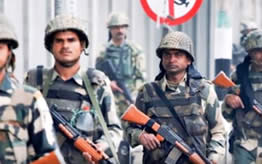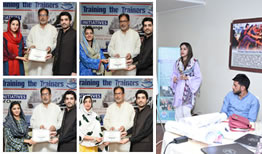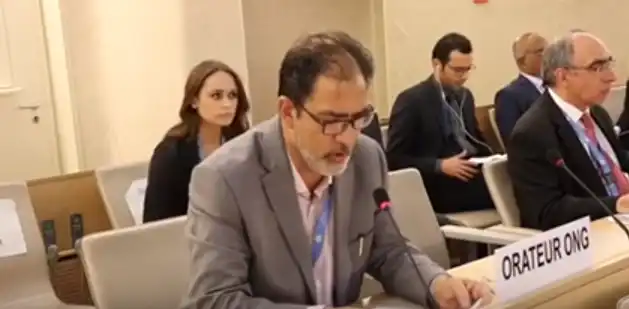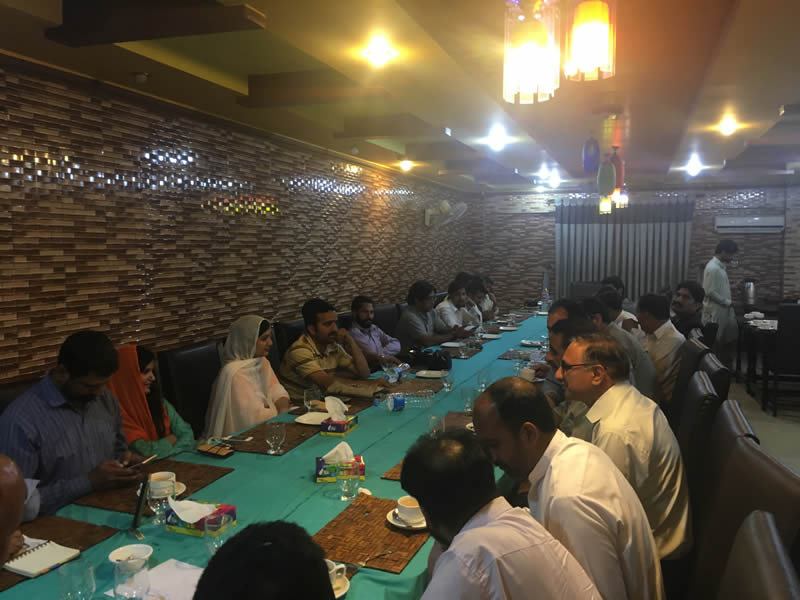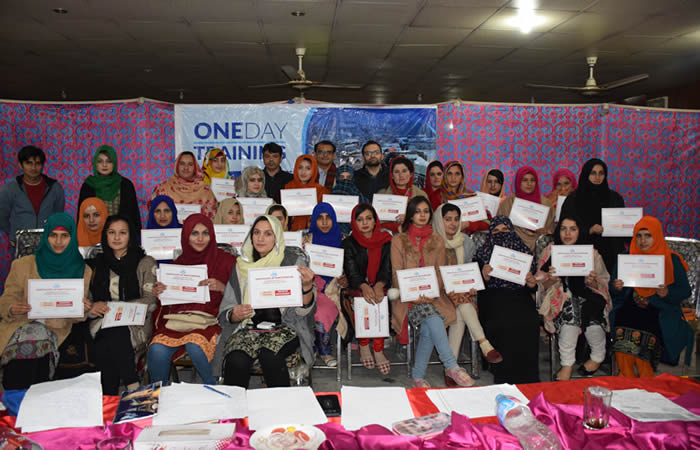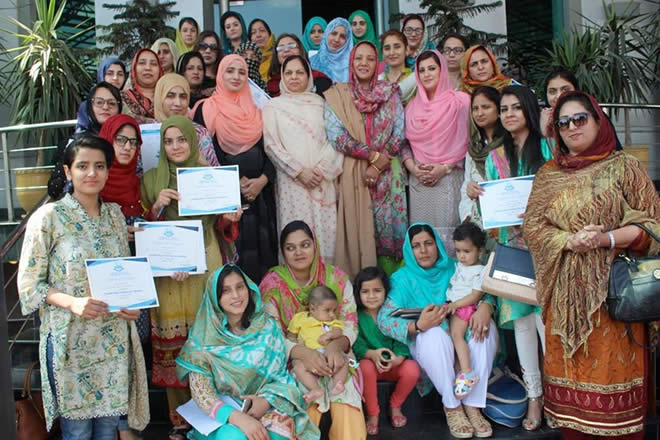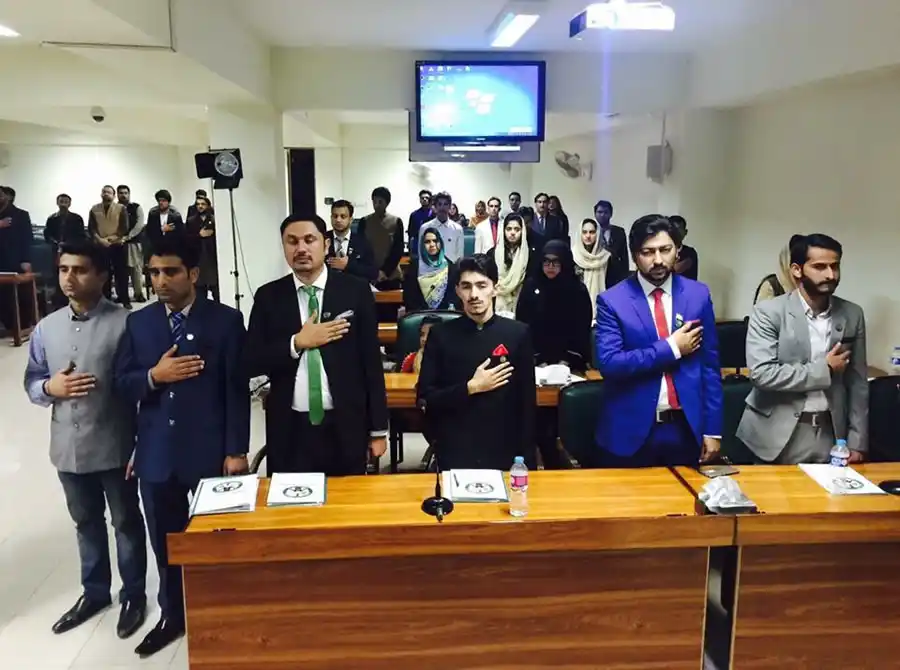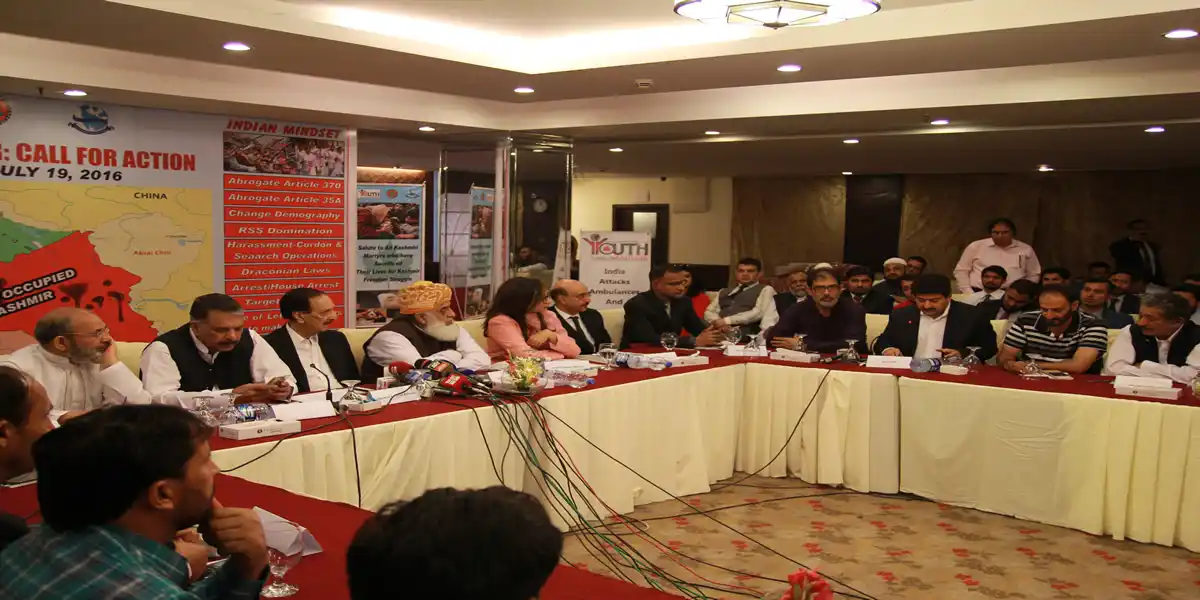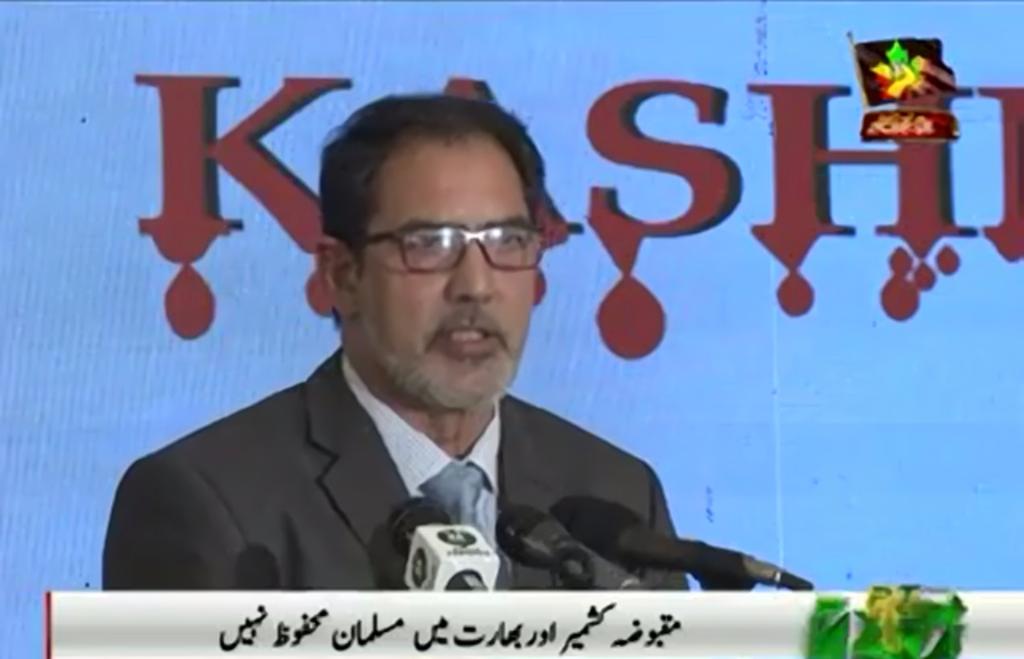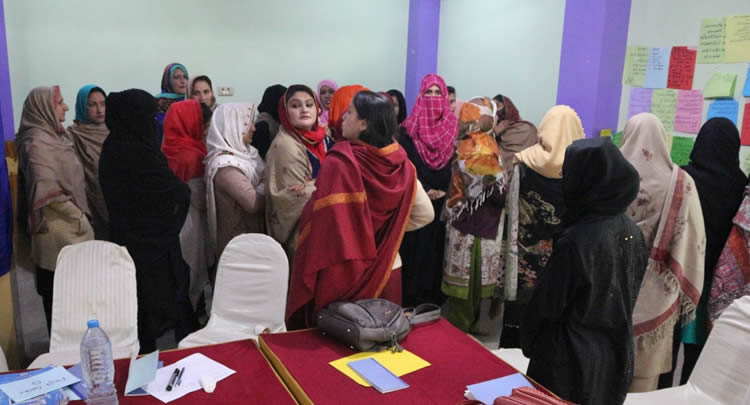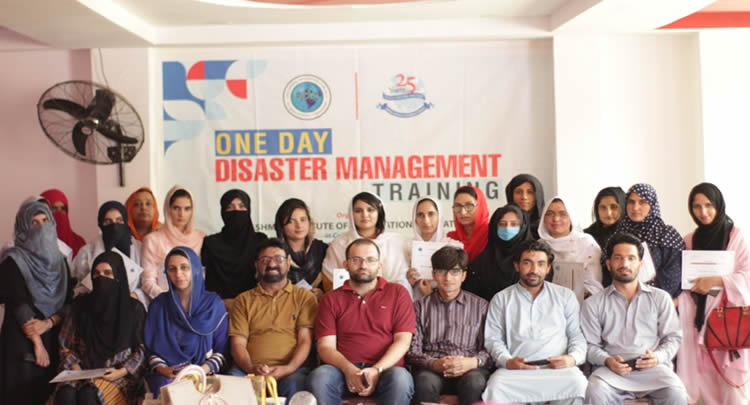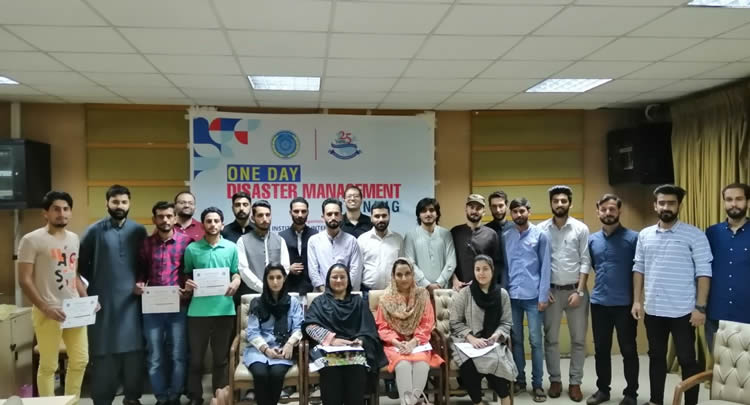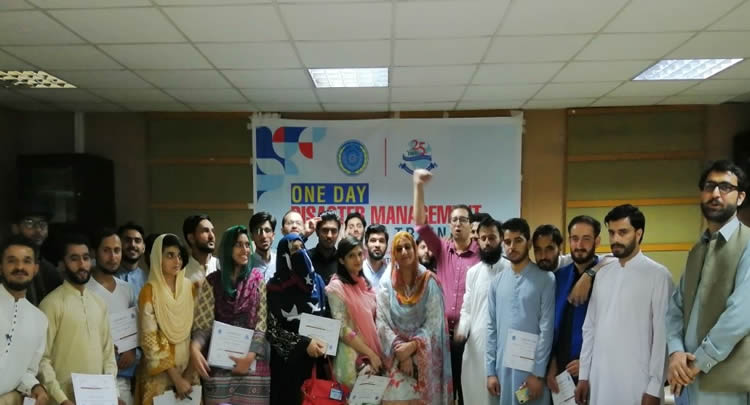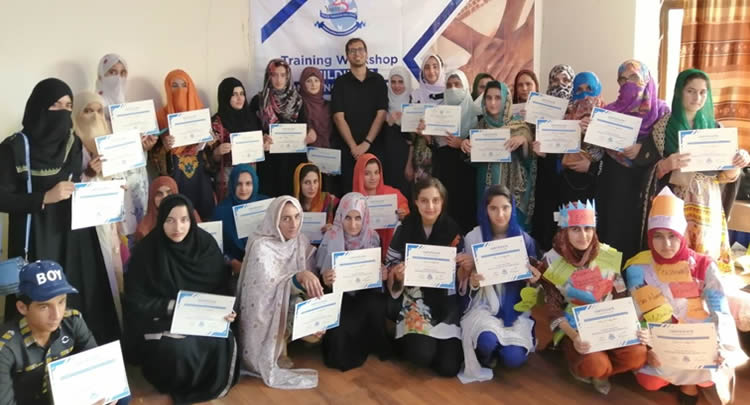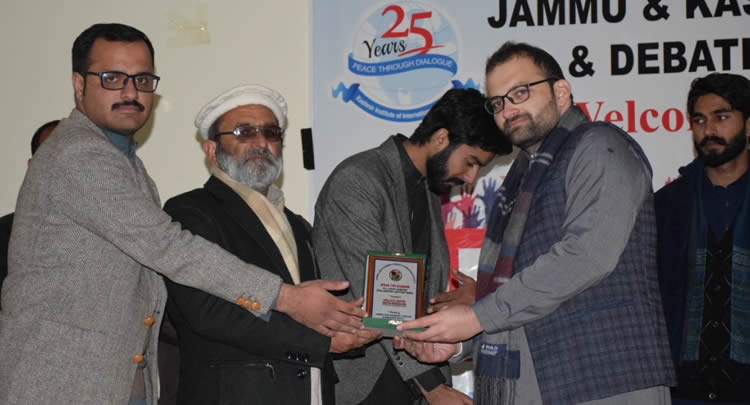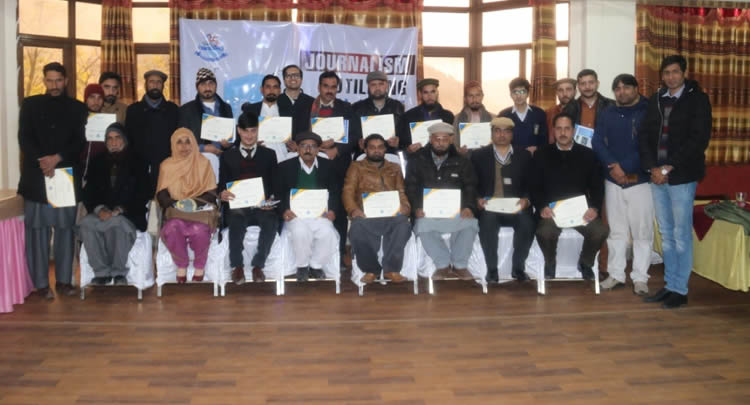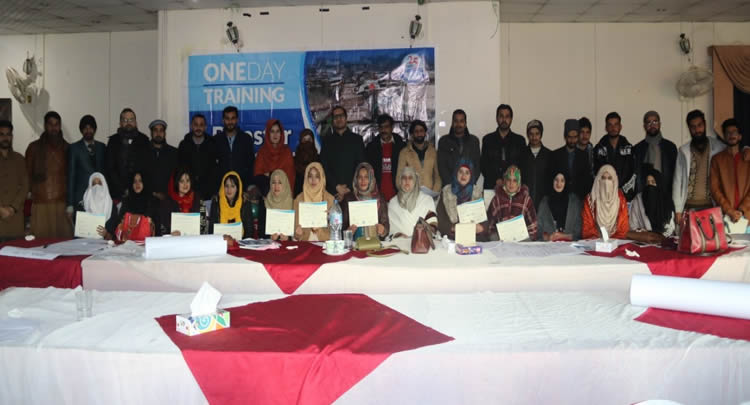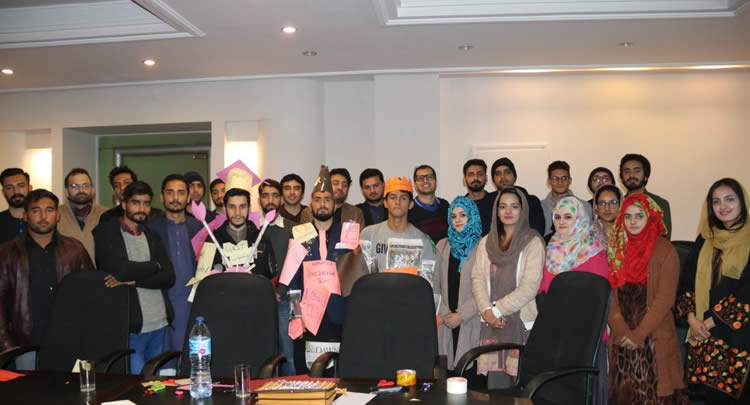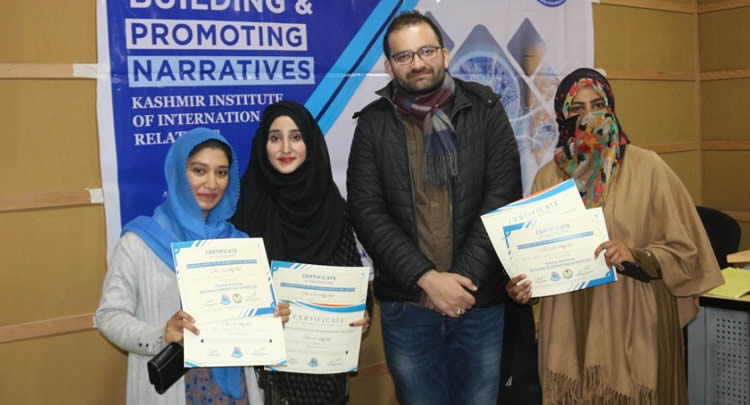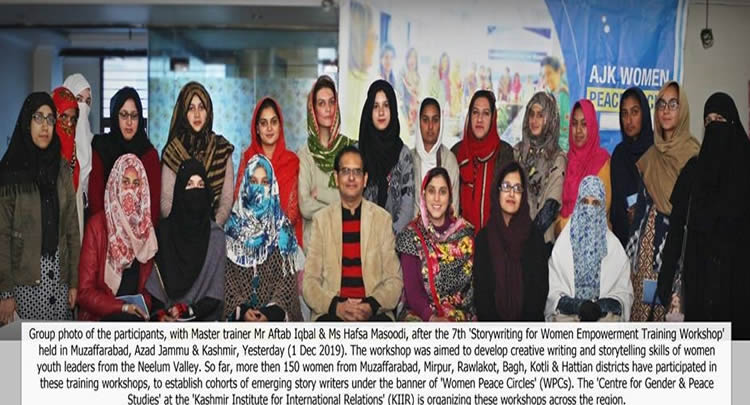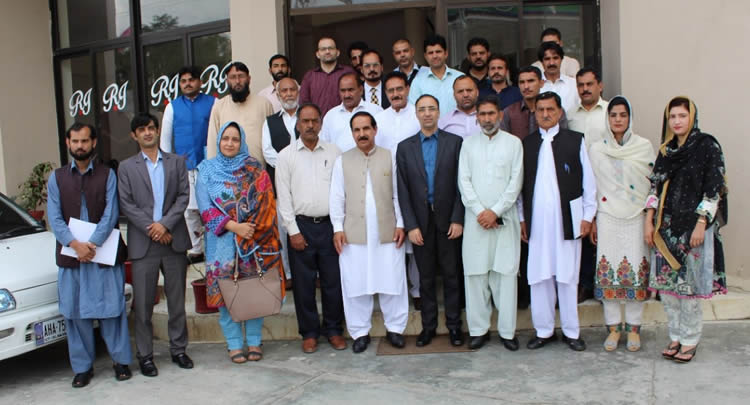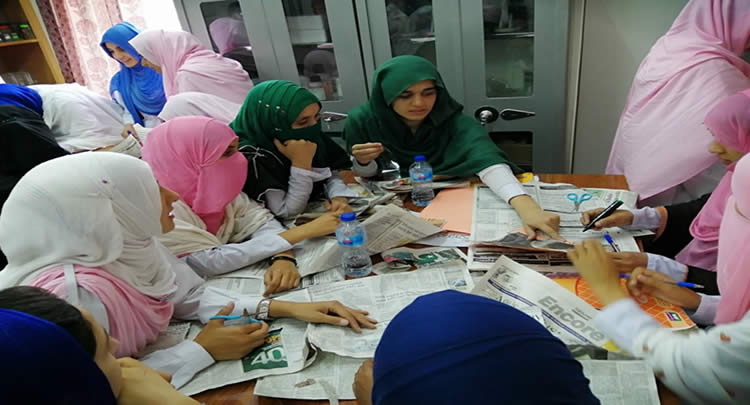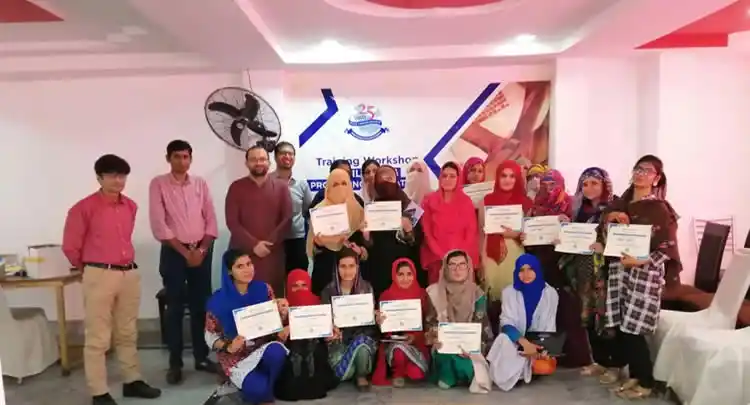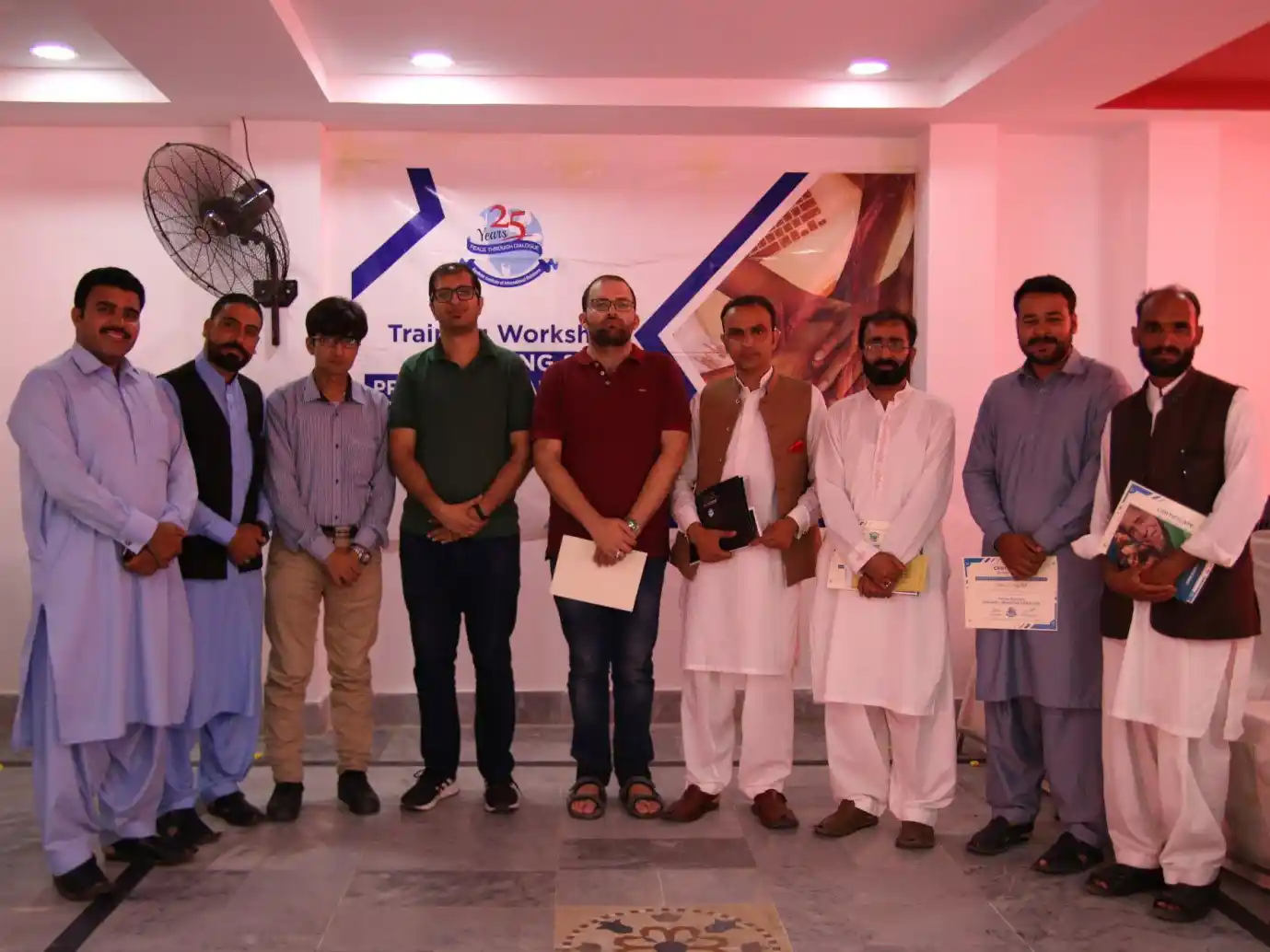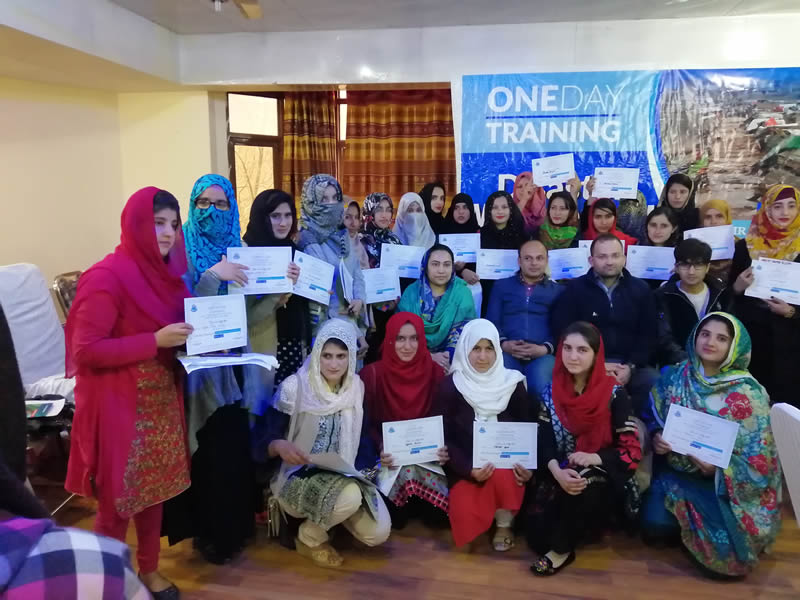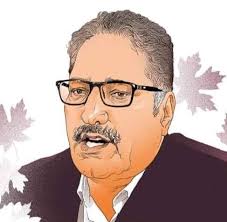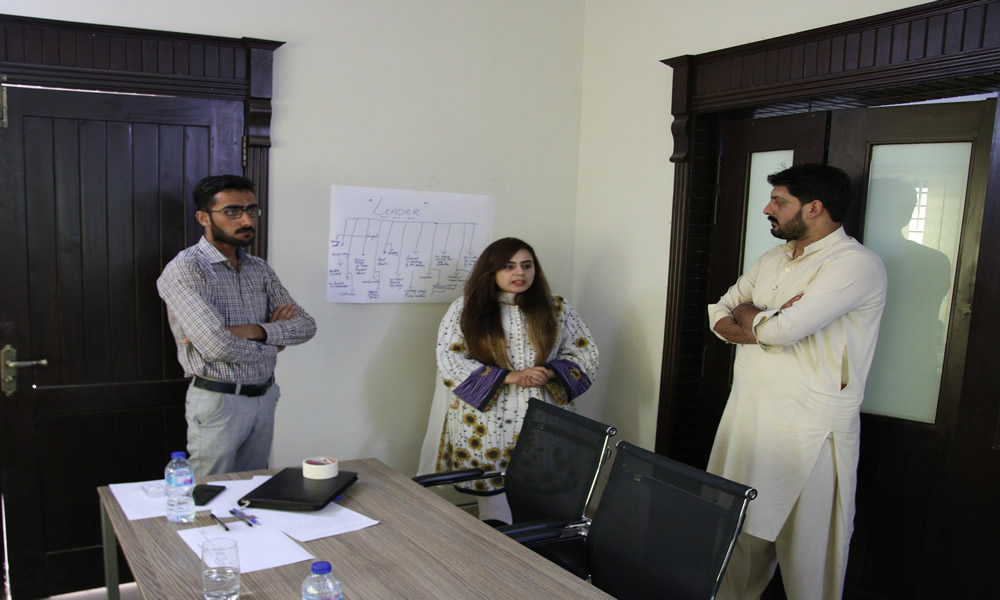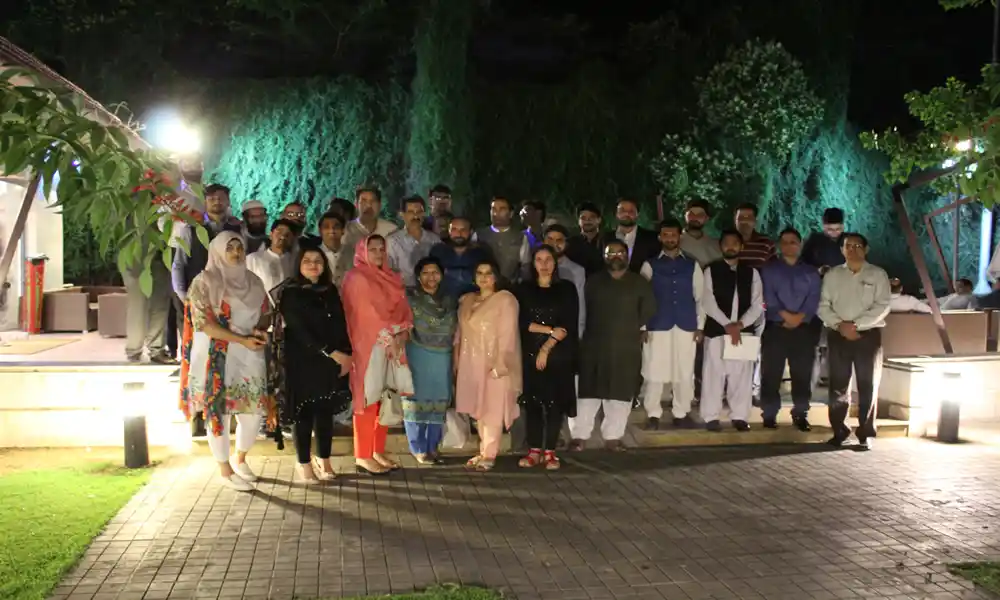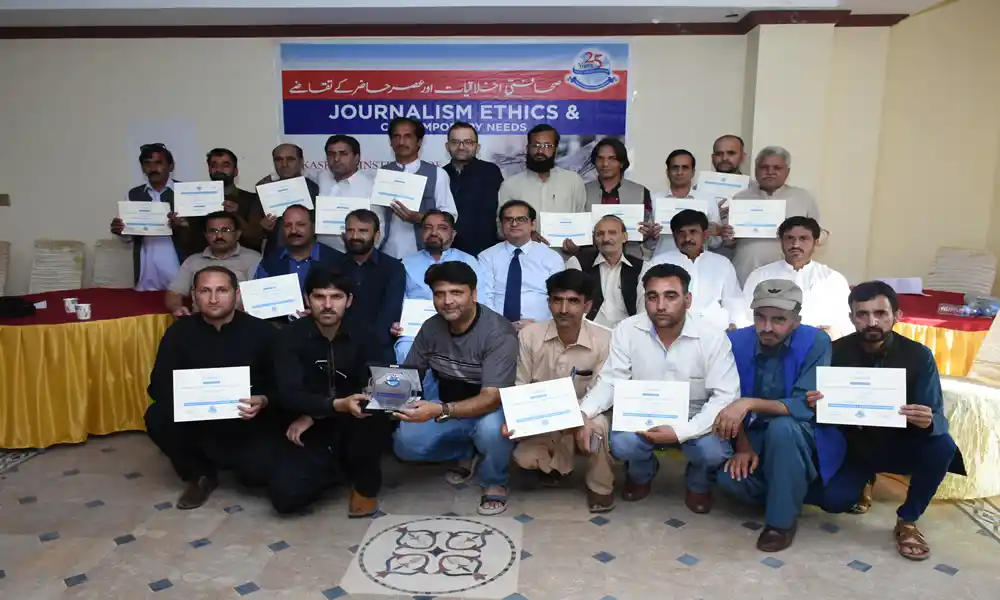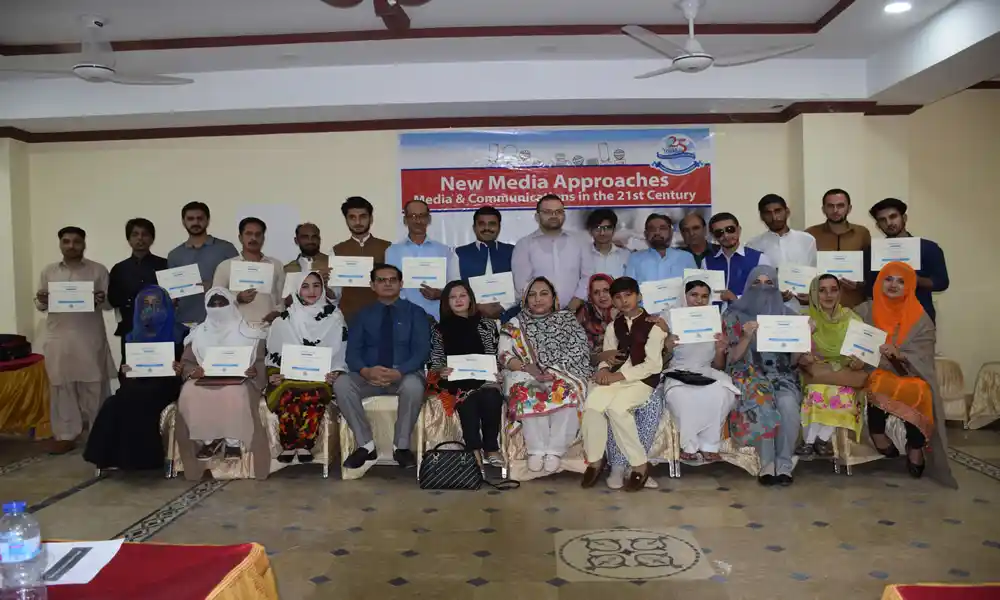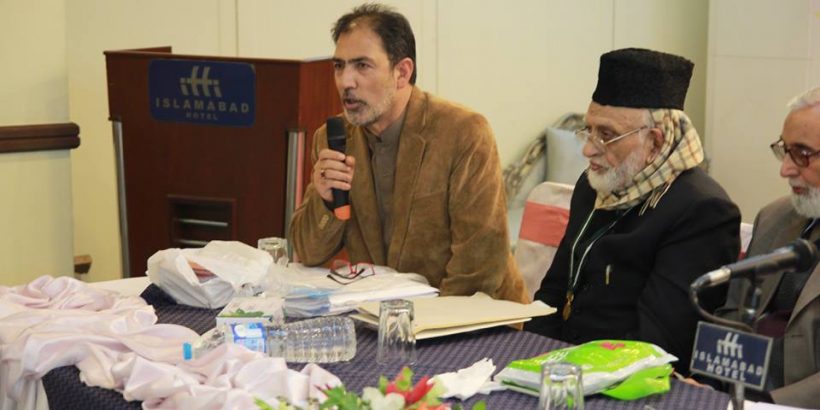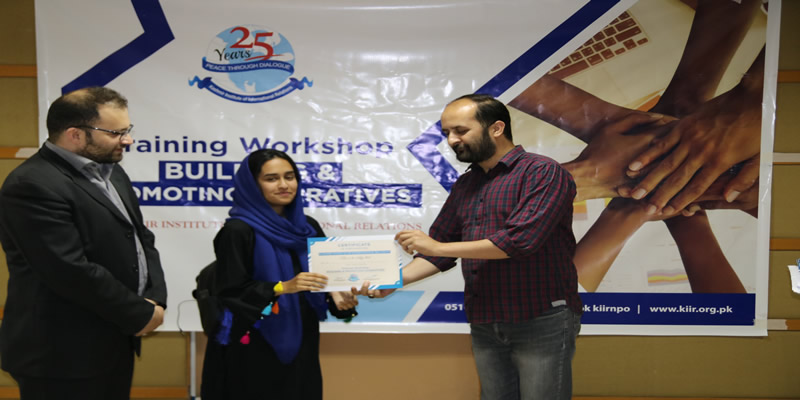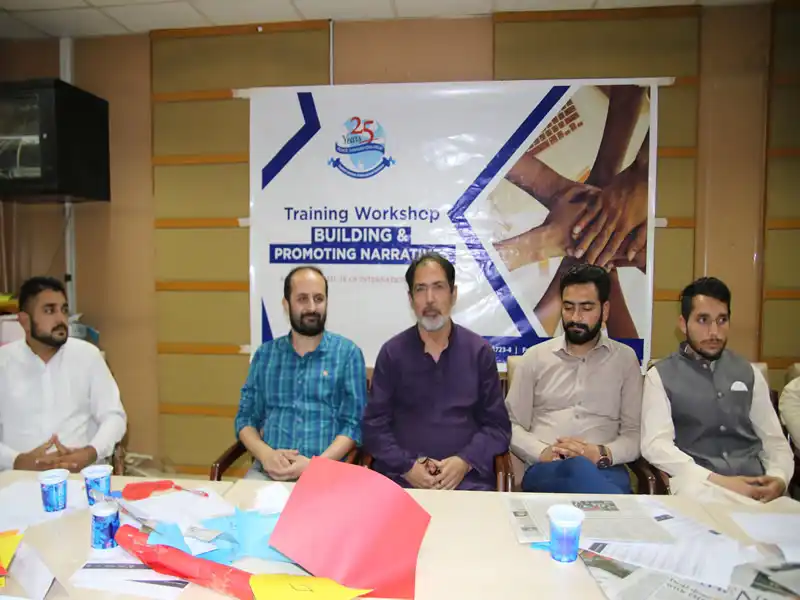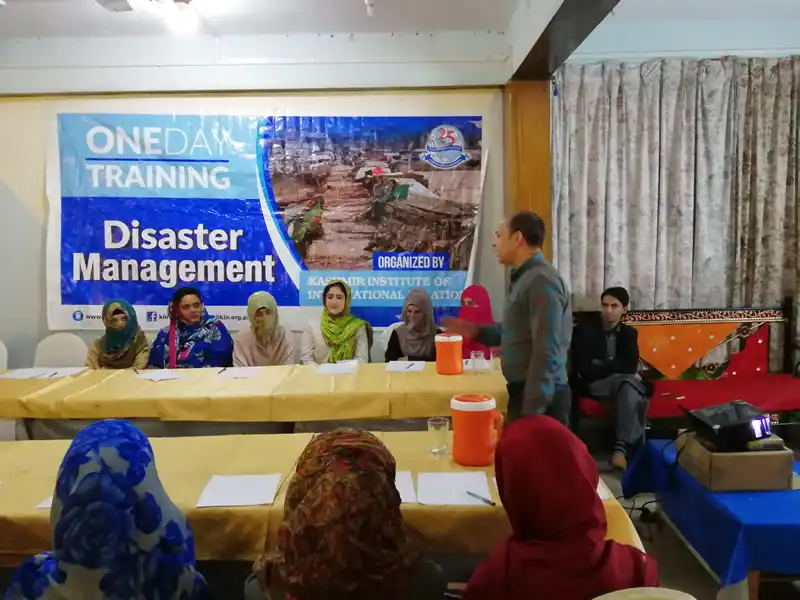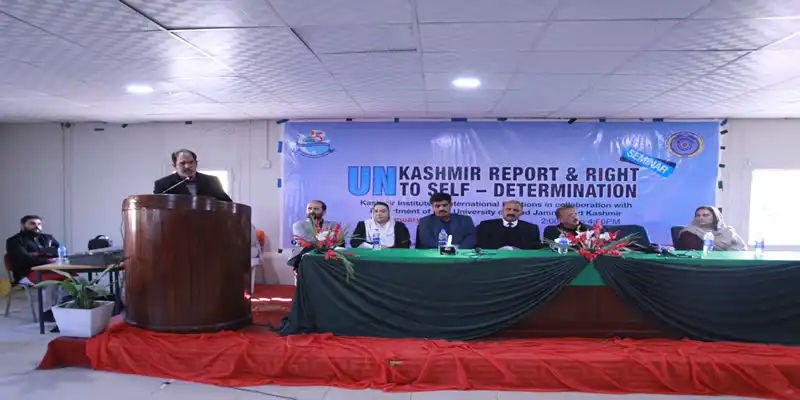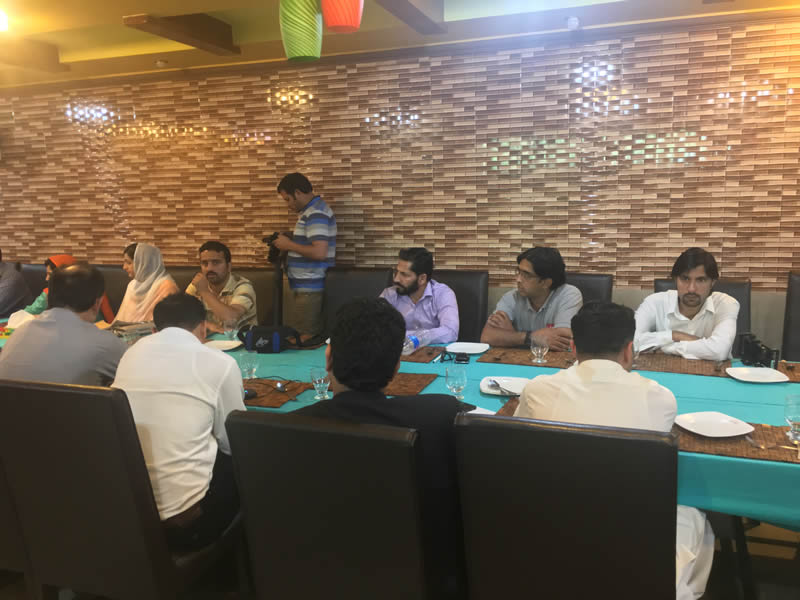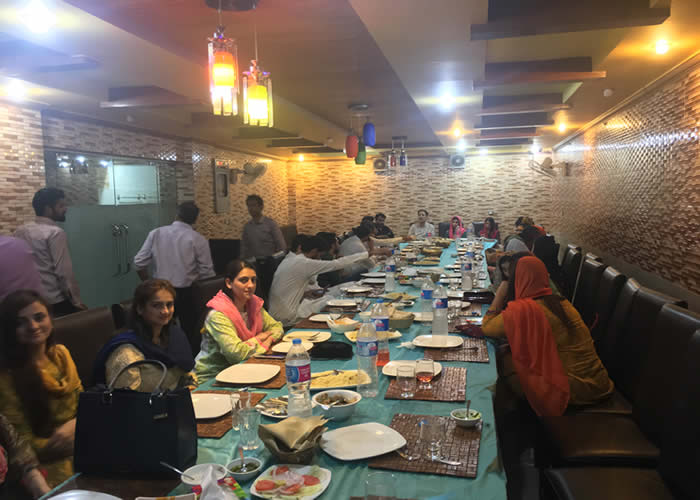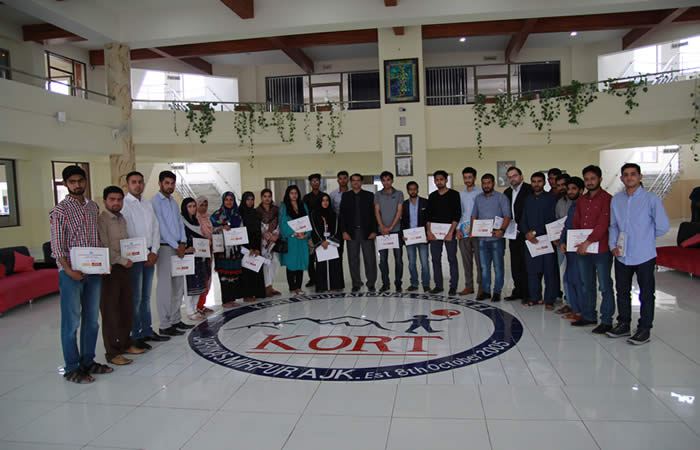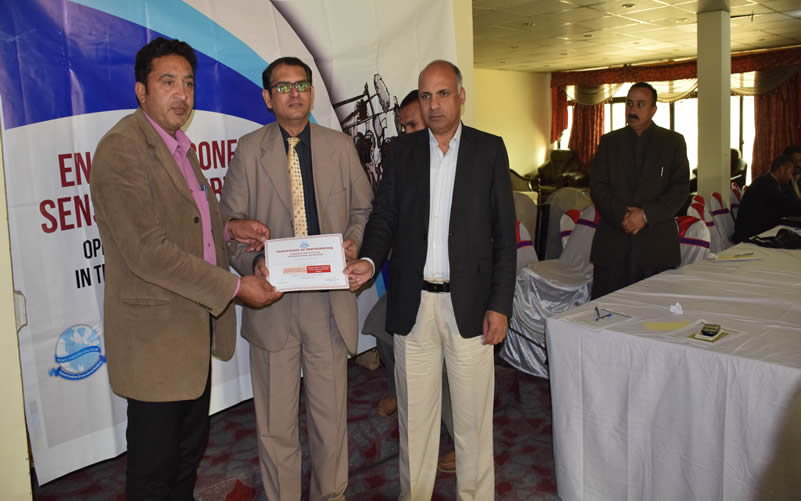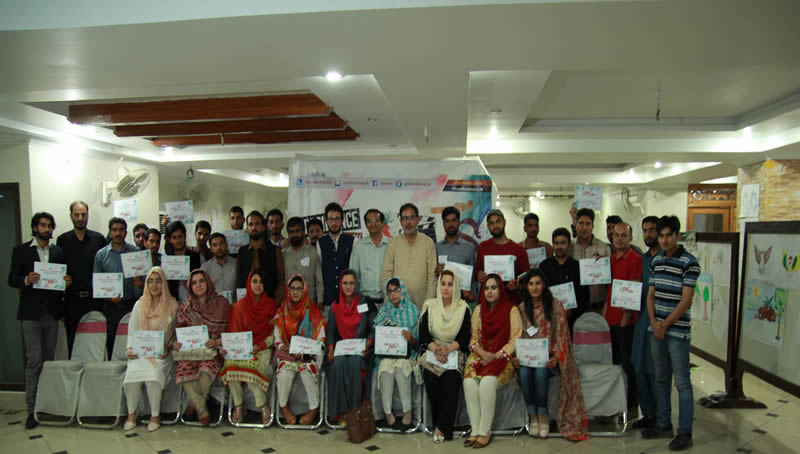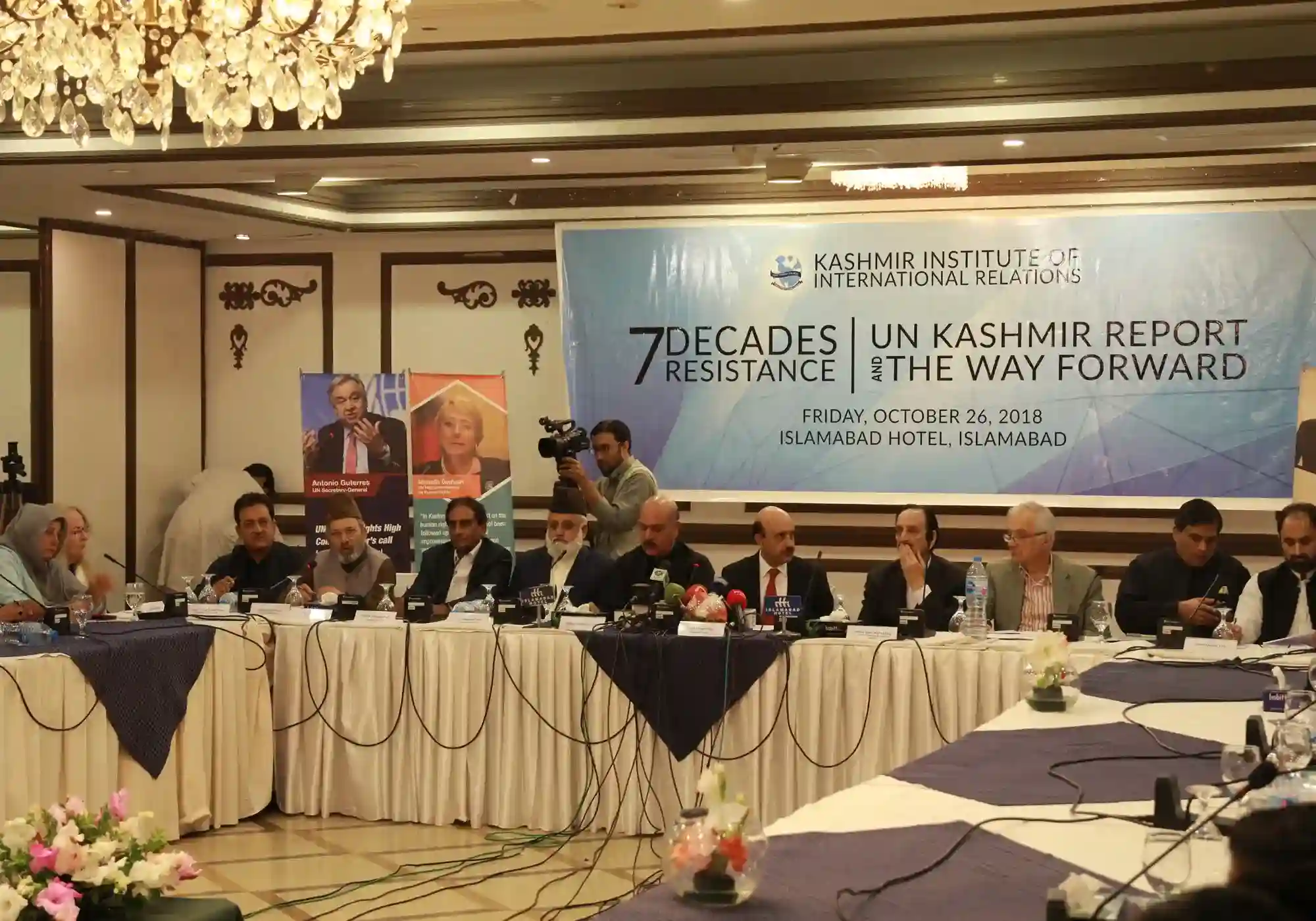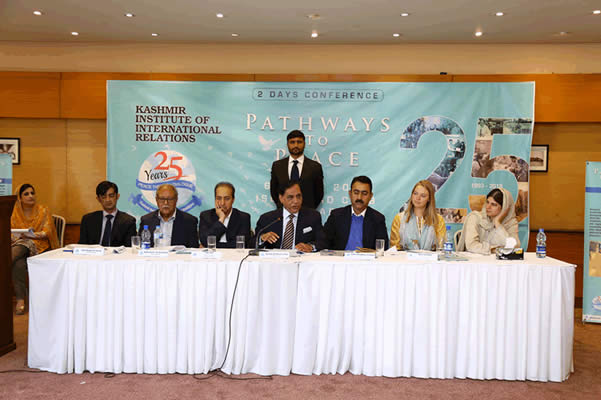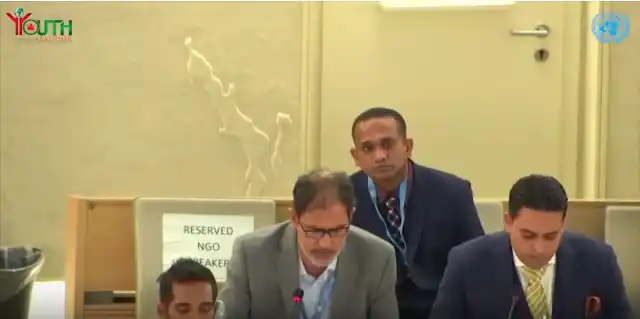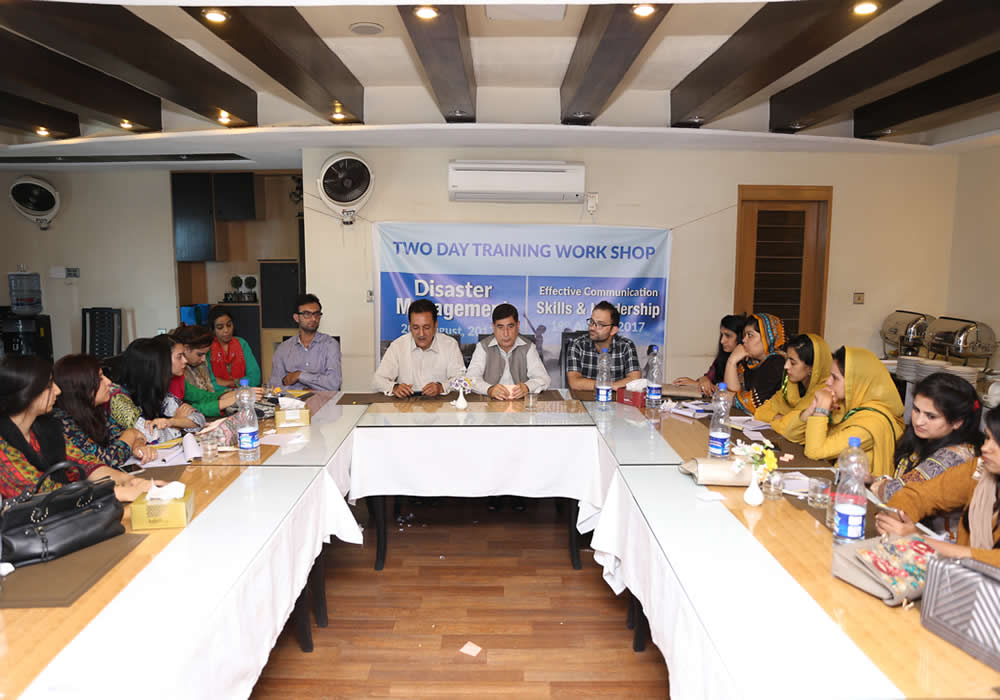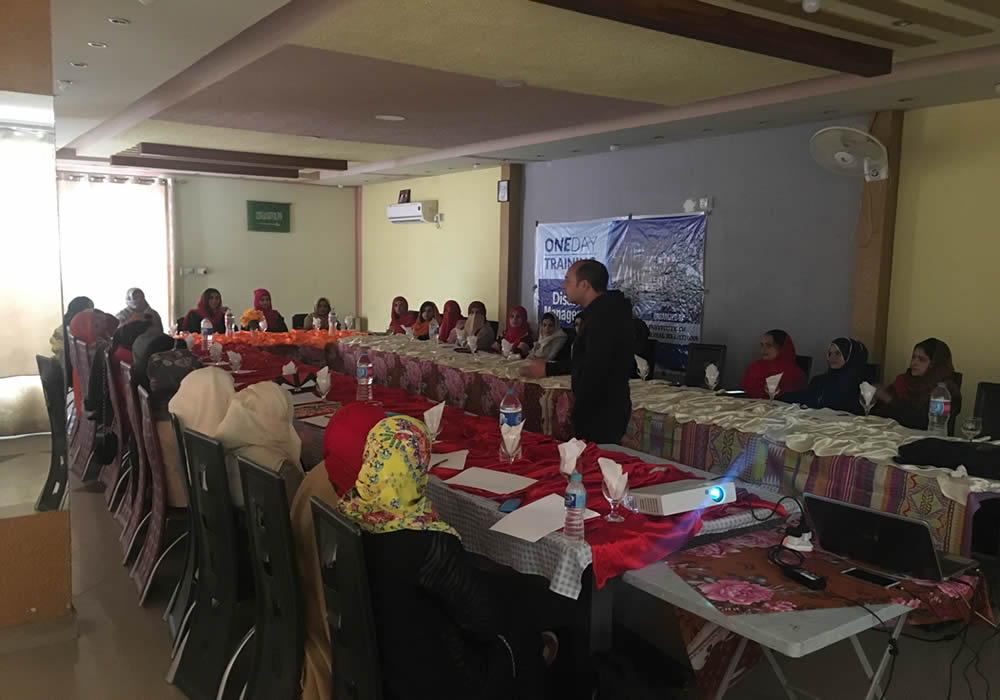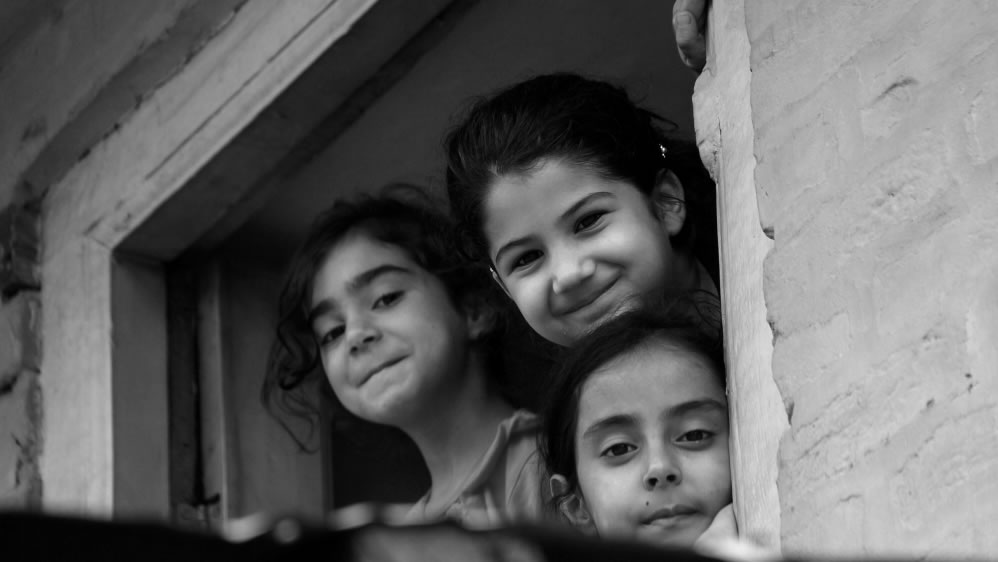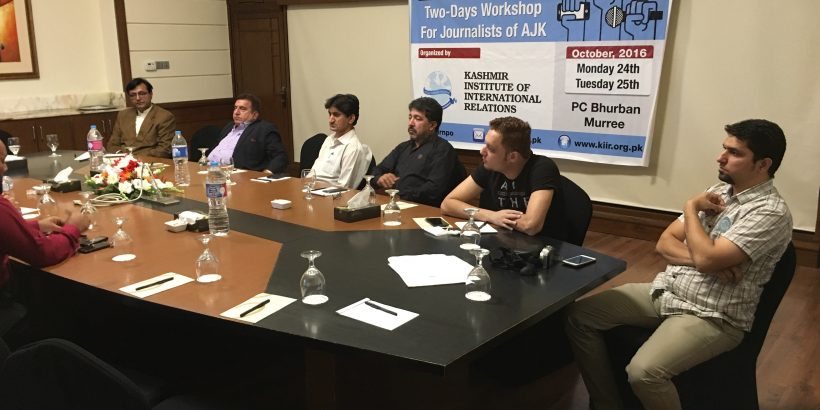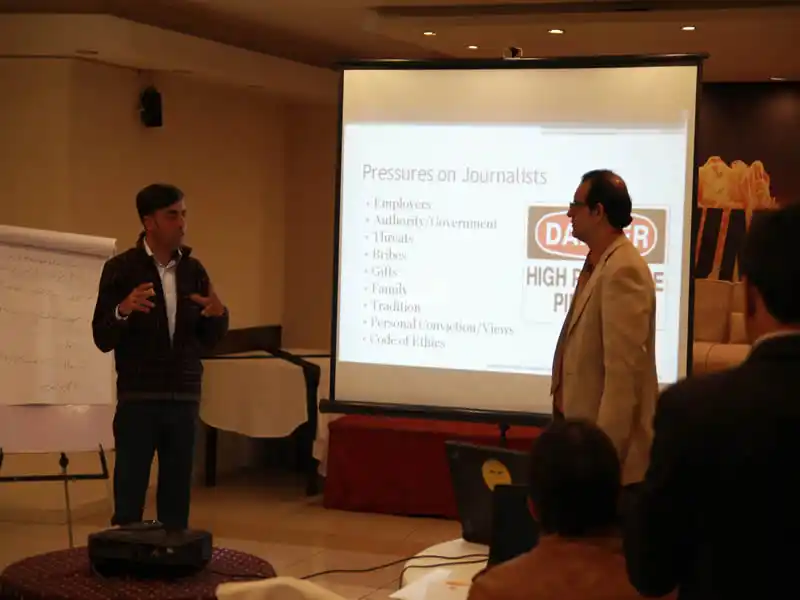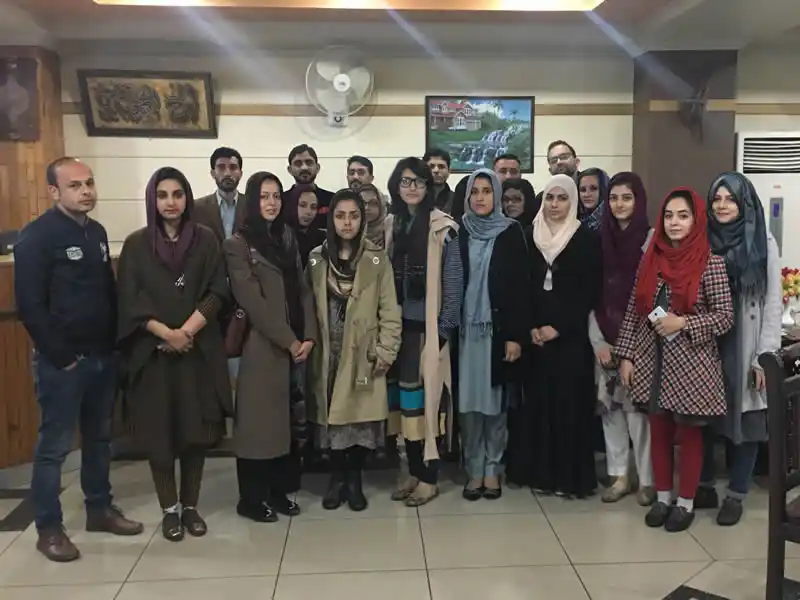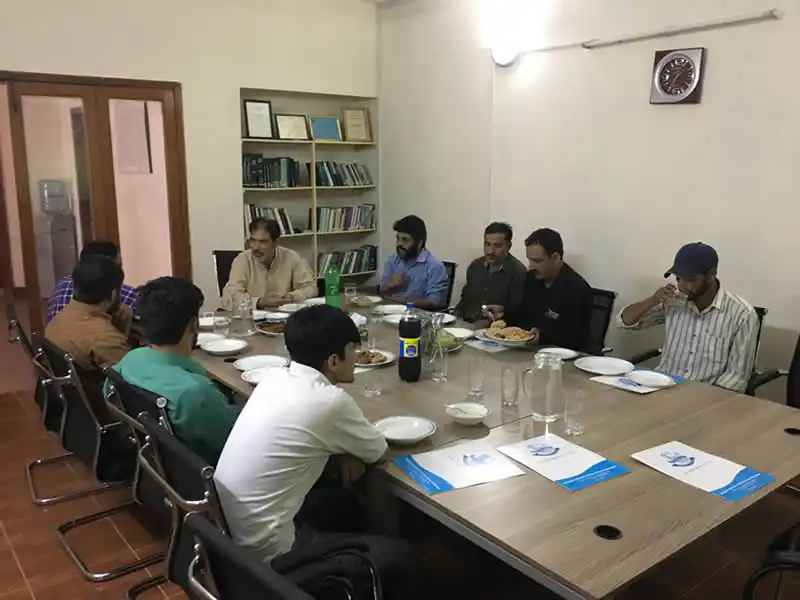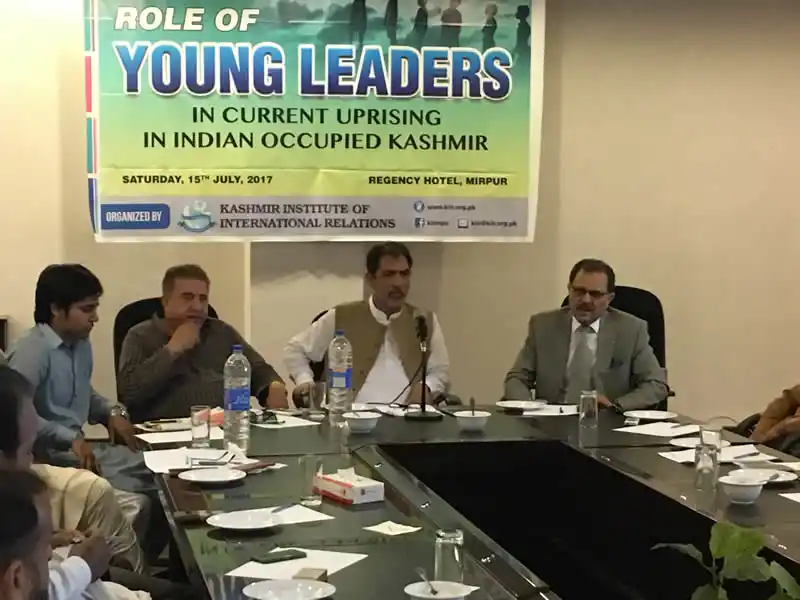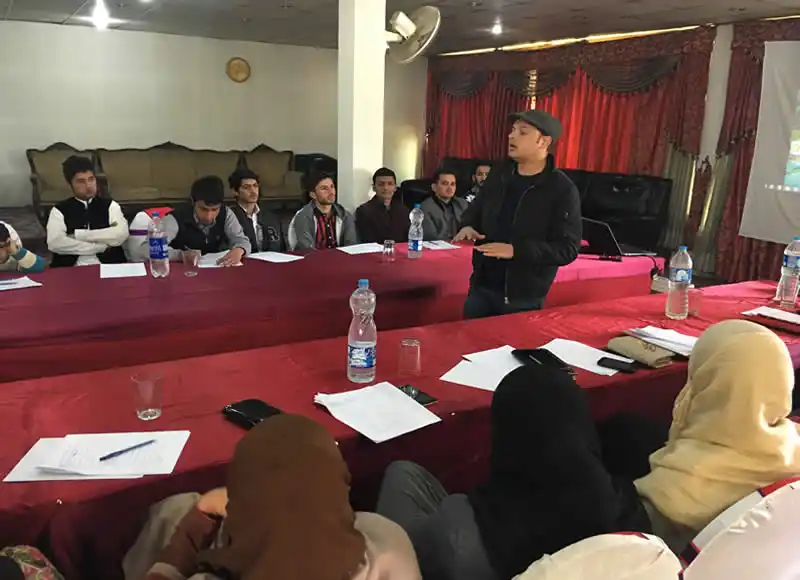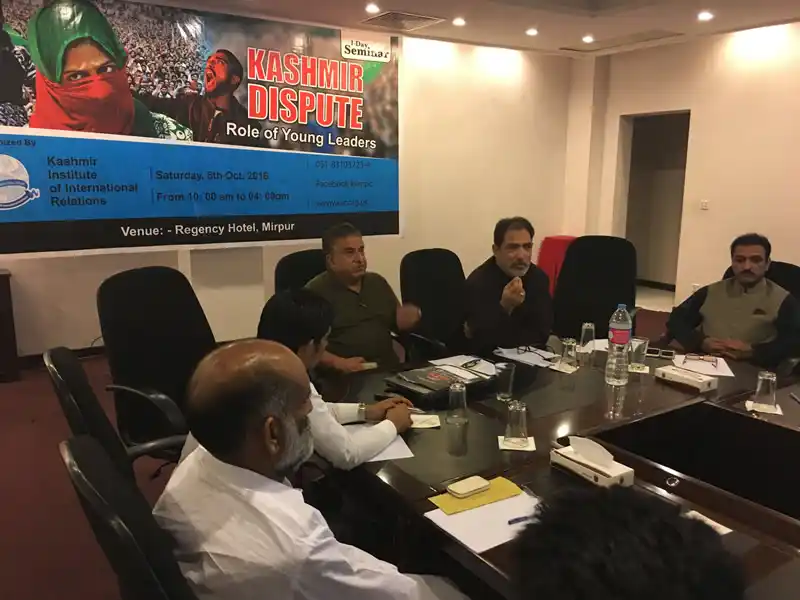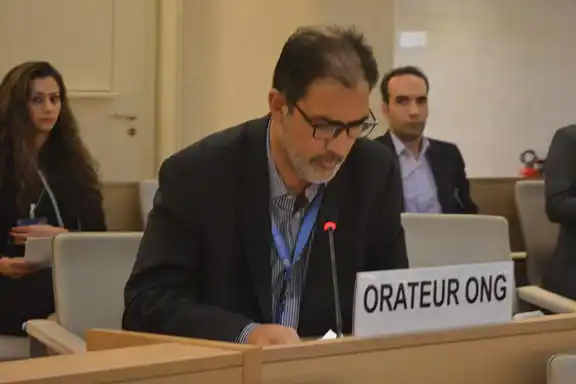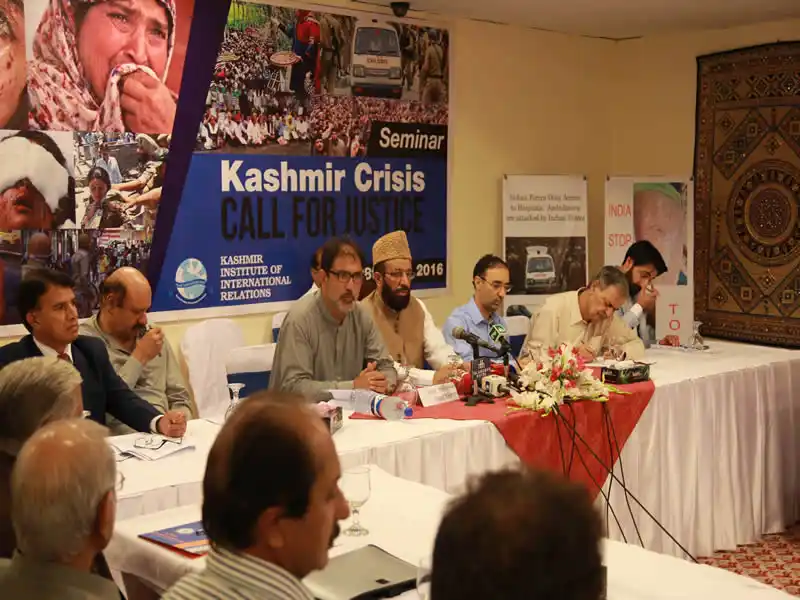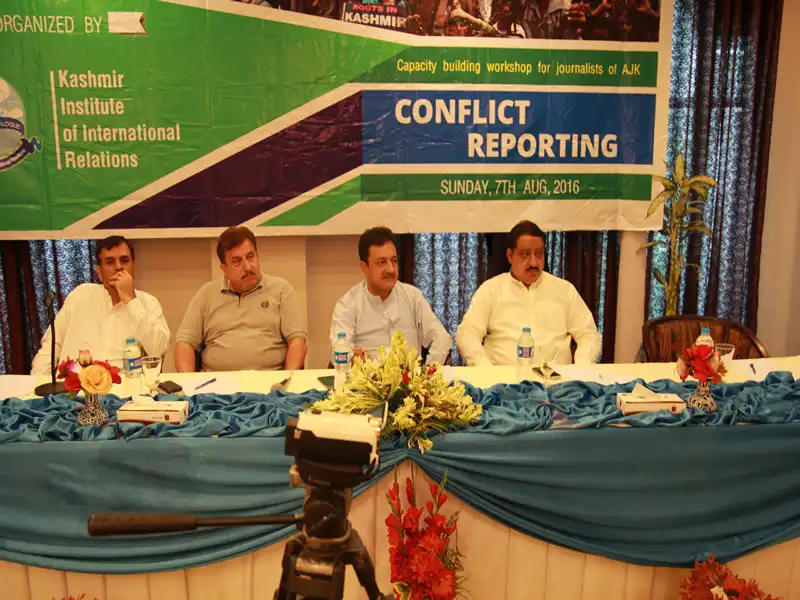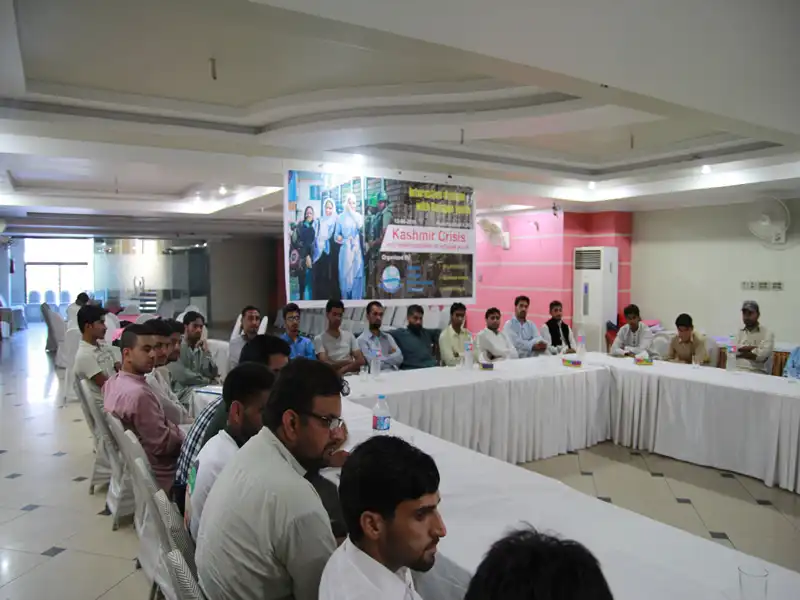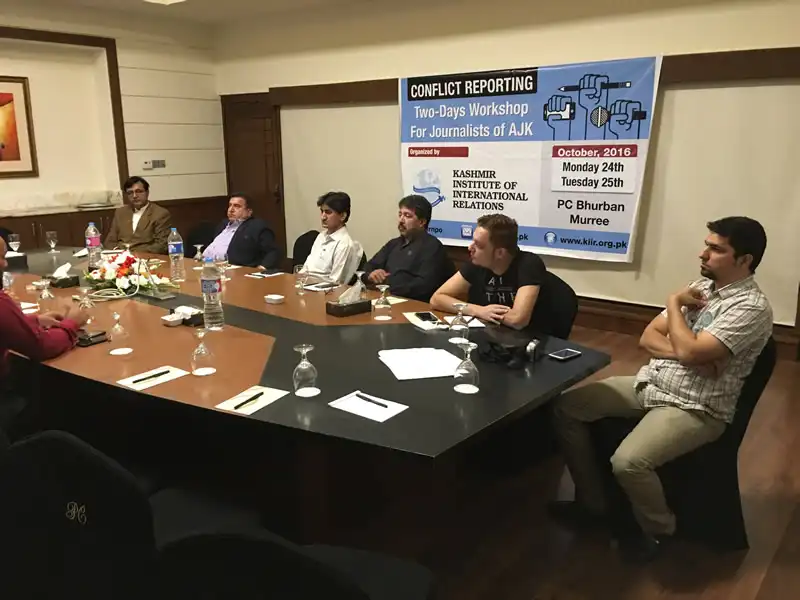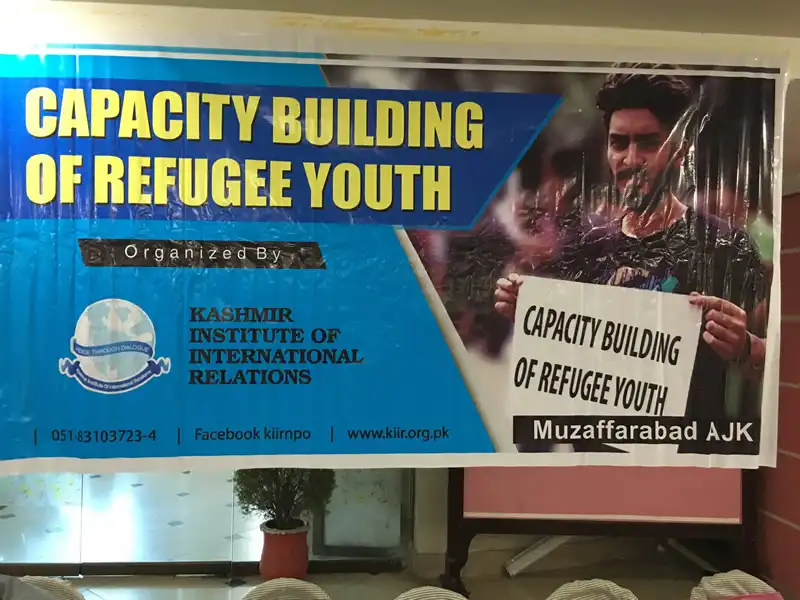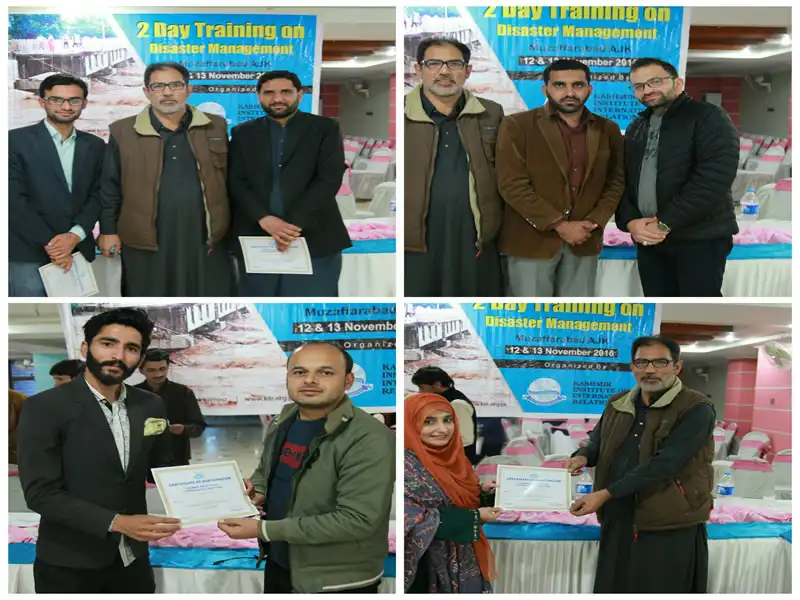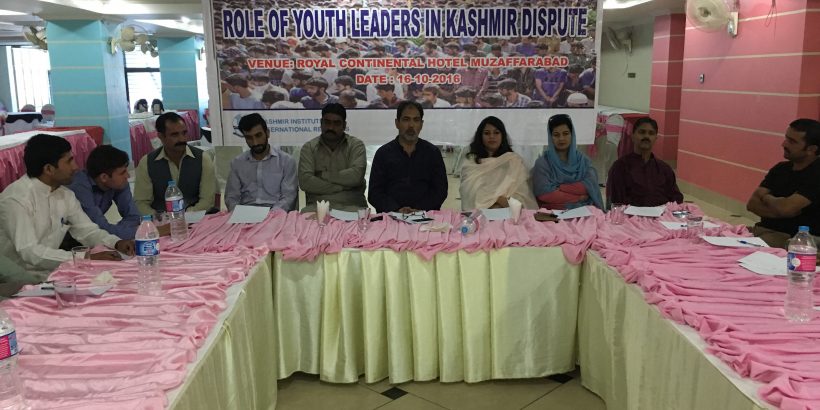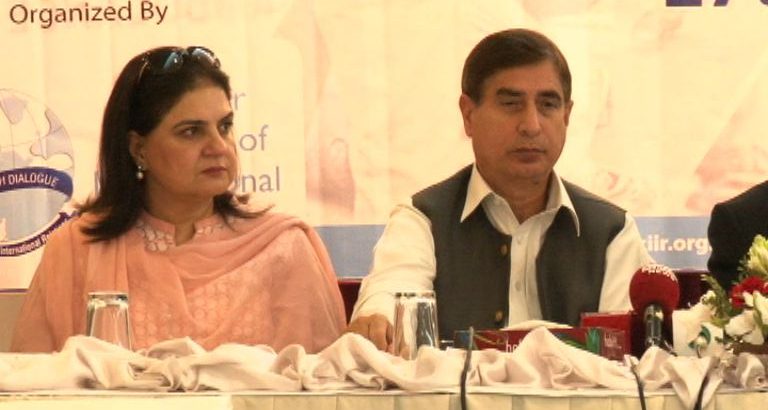Research Activity on Conflict Based Disaster Management
Research Activity on Conflict Based Disaster Management
Posted on 12/11/2017
Abstract
The purpose of the session was intended to strengthen the capacities of students in order to utilize their potential to understand the conflict based disaster management because they are living in the specific zone where the lives across the LoC are marginalized due to the separation of the families. Specifically, it was aimed that the trained students could come forward and initiate the activities in the community and institutions with the passage of time. They were also expected to share own experiences and appreciate limitations of their current approach and have clear ideas on how to improve the situation in the present scenario. Main accomplishments of the session were; building solidarity among the students, enhanced knowledge and skills of participants in facilitating disaster risk reduction planning process and helping the participants and appreciate limitation of their current development approaches. Beside this they were found committed to initiate the activities at community level to minimize the gap and bring the people closer to maintain the equilibrium.
Introduction
A number of factors lay behind the vulnerabilities of Pakistani society to hazards. Beside all other problems and issues, major contention in Azad Jammu and Kashmir lies in the heart of the separated families who are vulnerable since the inception of the state. Furthermore, the consequences grew when the forced migration took place and the people were again separated and finally they were unable to maintain cohesion among them. Similarly, the situation turned worst when the disaster took place across the LoC and they people were unable to help each other as well as to see each other. The session was organized among the students of university of AJK who are already trained and internees of the Kashmir Institute of International Relations [KIIR] in Muzaffarabad. The purpose of conducting the session was initially to engage students in the productive activities to realize that the role of youth in combating the gaps between the both part of the Kashmir need attention to seek the ends.
Objectives
1. To enable the students to participate in the any conflict based disaster related activity and play their role in minimizing the hazard of the disaster at their own
2. To enable them to conduct seminars and research on the issue to produce the knowledge and awareness among the youth
Methodology
The session was carried out through an experiential learning approach where the participants existing knowledge is appreciated and built upon. Various participatory approaches were used to promote maximum participation of all the trainees. The outcomes from the groups were then synthesized with additional inputs from the facilitators in the plenary to wrap up the sessions. The group assignments helped the trainees to analyze cases using guidelines provided by the facilitators. The group members gave reflections at the end of every presentation and added on the knowledge while facilitators wrapped up the topics.
Findings
In the first attempt to extract the responses of the participants for the role of youth in conflict based disaster management. It was conceived by all the participants that people are the vulnerable section of the society in disaster situations across the LoC. Although, youth are emancipated from the main stream development but they have a competitive role in order to collaborate and make the world happen. All the participants were agreed that youth can adopt and play the roles effectively in a conflict based disaster situation shoulder by shoulder to if they are included in the main stream disaster management. The participants were of the view that youth can be an active participant in mitigating the hazard and minimizing the vulnerabilities prior to the disaster in order to mitigate the effects. The actual problem lies in the planning where youth is totally ignored in the initial process of trainings for the mitigation of the disaster hazards. Most of the men are controlling the disaster related activities because this is more masculine in character. But it is not only to take the instrumental roles to fulfil the tasks, on the other hand there are some task which can be accomplished by youth i.e. first aid, distribution of the food stuff, managing the shelter to victims etc. Thus, it is evident that youth have capabilities to be included in trainings and special programs and projects should be initiated to train them so that they can play a proactive role in the disaster pre- and post-phases to combat the disaster situations. All the participants were found agreed on the issue of reducing the masculine nature of the disaster management activities so that women could be included by all means to respond the disaster effectively. The present scenario in Azad Jammu and Kashmir is significant across the LoC that every section of the society is playing its role in developing the network of peace and solidarity to sort out the possible solution of the conflicts generated among the people in the past. If we examine the role of youth form this part of the Kashmir we might find any effort but youth’s role has had been neglected at the great expanse. There is no mechanism of including the youth in conflict resolution process in the state. The authorities never intent to develop the policies through ministerial platform to include the youth from both side in peace process through dialogue. The sincere efforts are needed to include the youth in peace process and dialogue so that an effective strategy could be developed to address the conflict issue across the LoC.
Conclusion
By concluding the discussion, it was aimed that conflict based disaster management is necessary to talk about and initiatives should be taken to meet the demands of the people to seek their families. There is need to initiate the activities on both sides of LoC to include the youth in peace process and they need to realize the effectiveness of conflict based disaster management because most of the time people were marginalized and could not meet their near and dear one’s across the LoC. People should be given training on significance of conflict based peace building networks in the locality and society. Disaster management authorities, NGOs, women oriented organizations and department of women development should come forward to develop the policies and plan some effective measures with the consultation of youth. Some effective projects and programs should be initiated by the government to train the masses in higher educational institutions HEIs and sensitization should be included at lower level so that women being part of more than half of the population should take the responsibilities of disaster management, peace building and peace dialogue role in the society.
More Activities
